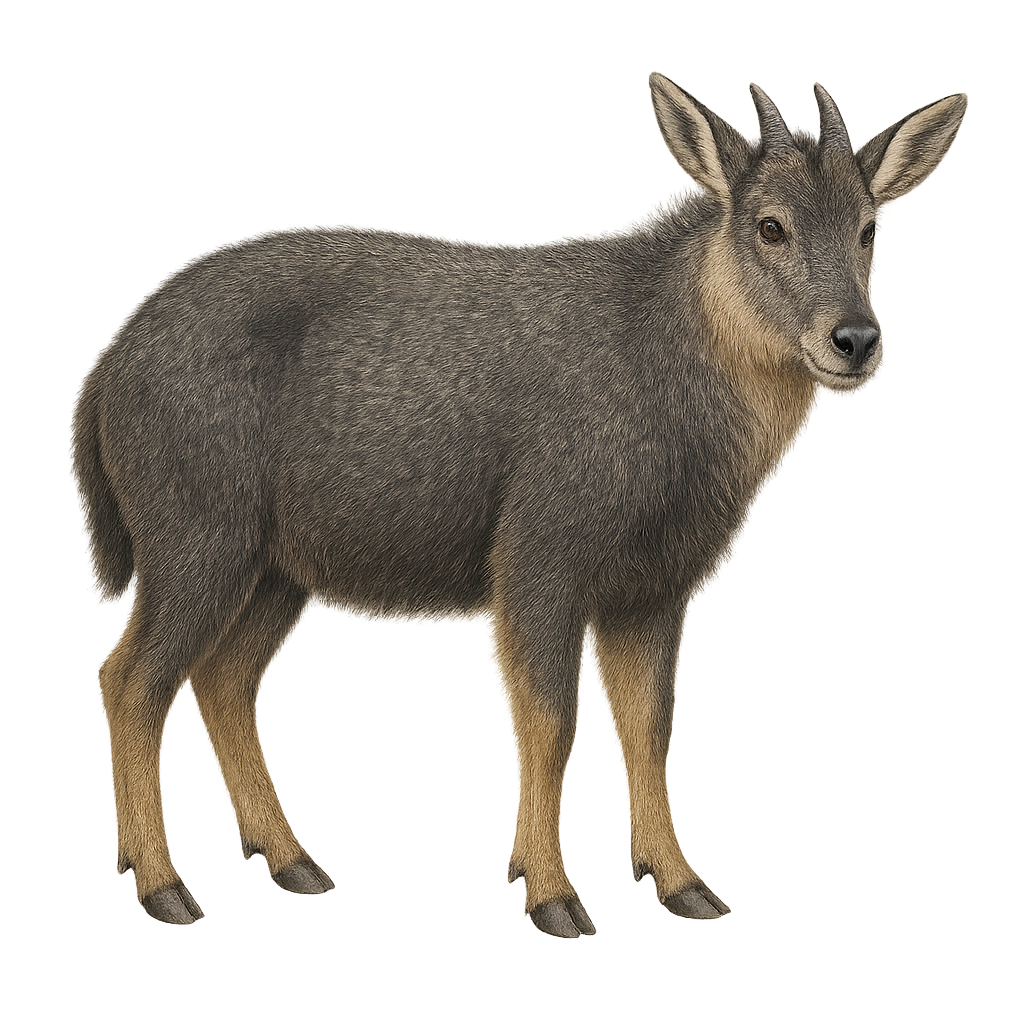Your wildlife photography guide.
Explore the chinese goral in detail, study its behavior, prepare your shots.
Where to observe and photograph the chinese goral in the wild
Learn where and when to spot the chinese goral in the wild, how to identify the species based on distinctive features, and what natural environments it inhabits. The WildlifePhotographer app offers tailored photography tips that reflect the chinese goral’s behavior, helping you capture better wildlife images. Explore the full species profile for key information including description, habitat, active periods, and approach techniques.
Chinese Goral
Scientific name: Naemorhedus griseus

IUCN Status: Near Threatened
Family: BOVIDAE
Group: Mammals
Sensitivity to human approach: Shy
Minimum approach distance: 50 m
Rut period: October to November
Gestation: 210-220 jours
Births: May
Habitat:
Mountain forests, alpine meadows, rocky cliffs
Activity period :
Primarily active during the day, with peak activity in the morning and late afternoon.
Identification and description:
The Chinese goral, Naemorhedus griseus, is a medium-sized caprine native to the mountainous regions of East Asia. It is characterized by its gray-brown coat and distinctive mane running along its back. Both males and females have small, curved horns. Adapted to rugged terrains, it is agile and primarily feeds on leaves, grasses, and young shoots. Though elusive, it plays a crucial role in its ecosystem as a herbivore. Chinese goral populations are threatened by hunting and habitat loss, leading to their classification as near threatened by the IUCN.
Recommended lens:
400 mm – adjust based on distance, desired framing (portrait or habitat), and approach conditions.
Photography tips:
To photograph the Chinese goral, it is advisable to use a telephoto lens of at least 400mm to capture sharp images from a distance. As gorals are shy, it is best to remain discreet and blend into the environment to avoid startling them. Opt for early morning or late afternoon hours to take advantage of soft, natural light. A tripod can be useful for stabilizing the camera, especially if using slower shutter speeds.
The WildlifePhotographer App is coming soon!
Be the first to explore the best nature spots, track rutting seasons, log your observations, and observe more wildlife.
Already 1 430 wildlife lovers subscribed worldwide

